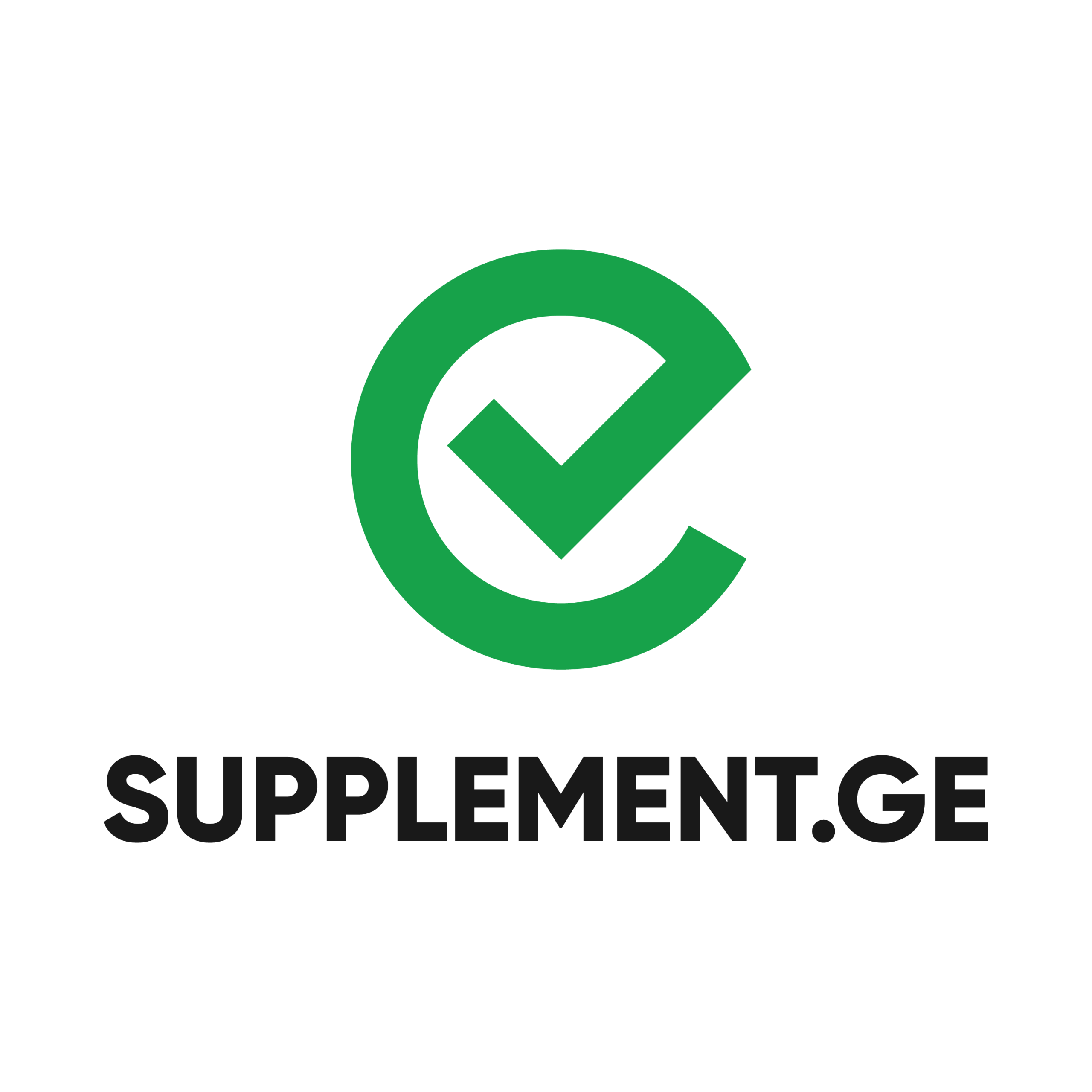ბავშვების საწოლები შესაძლოა ტოქსიკური იყოს – მშობლებისთვის სერიოზული გაფრთხილება
პროფესორი გიორგი ფხაკაძე,
საზოგადოებრივი ჯანდაცვის ინსტიტუტის თავმჯდომარე
იცით თუ არა, რომ თქვენს შვილს შესაძლოა ყოველდღე სუნთქავდეს ტოქსიკურ ნივთიერებებს საწოლიდან?
ახალი კვლევა ამტკიცებს, რომ პატარა ბავშვების საწოლები შესაძლოა შეიცავდეს ქიმიკატებს, რომლებიც მავნეა ტვინის განვითარებისთვის.
რა აჩვენა უახლესმა კვლევამ?
ტორონტოს უნივერსიტეტის ორმა დამოუკიდებელმა კვლევამ დაადასტურა, რომ 6 თვიდან 4 წლამდე ასაკის ბავშვები, საწოლში ყოფნისას, ისუნთქავენ:
- ფტალატებს
- ცეცხლგამძლე ქიმიკატებს
- ვინილისა და პლასტმასის კომპონენტებს
ეს ნივთიერებები დაკავშირებულია:
1. ნევროლოგიურ დარღვევებთან
2. ჰორმონალურ დისბალანსთან
3. ასთმასთან
4. კიბოს რისკთან
მიგნებები ციფრებით:
25 ბავშვის საძინებელში აღებული სინჯებიდან გამოვლინდა 24 სახეობის მავნე ქიმიური ნაერთი ჰაერში
- ბავშვის სხეულის ტემპერატურისა და წონის სიმულაციისას, ქიმიკატების გამოყოფა 3-ჯერ გაიზარდა
- საწოლების უმრავლესობა წარმოებულია აშშ-ში, მექსიკასა და სხვა ქვეყნებში — ანუ ეს გლობალური პრობლემაა
რატომ არის ეს სერიოზული პრობლემა?
ბავშვის ნერვული სისტემა და ტვინი ვითარდება ყველაზე აქტიურად 0-5 წლამდე პერიოდში. ნებისმიერი ტოქსიკური ზემოქმედება ამ დროს, ახდენს არაბრუნებად ზიანს. ტოქსინები შესაძლოა გროვდებოდეს და ახდენდეს გავლენას:
- ქცევაზე
- მეხსიერებაზე
- კონცენტრაციის უნარზე
მომავალში — ნაყოფიერებასა და იმუნურ სისტემაზე
რას ურჩევს პროფესორი ფხაკაძე მშობლებს?
1. აირჩიეთ საწოლი ორგანული მასალებით: ბამბა, ბამბუკი, ნატურალური ლატექსი
2. დაიცავით სერტიფიცირება: GOTS, OEKO-TEX — ეს ნიშნები გარანტიას იძლევა, რომ პროდუქტი არ შეიცავს ტოქსიკურ ქიმიკატებს
3. დააივენტილეთ საძინებელი ყოველდღე: განსაკუთრებით იმ დროს, როცა ბავშვი არ იმყოფება ოთახში
4. წაიკითხეთ ეტიკეტები ყურადღებით: მოერიდეთ სიტყვებს “flame retardant,” “vinyl,” “PVC” და სხვა
5. თუ გსურთ მეტი დაცვა: გამოიყენეთ საწოლის საფარი ბუნებრივი მატერიებით, რომელიც ბარიერს შექმნის
პროფესორ გიორგი ფხაკაძის კომენტარი:
„ბავშვის ტვინის განვითარება კრიტიკულად არის დამოკიდებული გარემოზე, რომელშიც ის იზრდება. საწოლი, სადაც ბავშვი ატარებს თავის დღის თითქმის მესამედს, არ უნდა იყოს ტოქსინების წყარო. ეს არ არის პანიკის თესვა — ეს არის რეალური საფრთხის გაფრთხილება. მშობლებს მოვუწოდებ — შეამოწმეთ რას აძინებთ თქვენს შვილს, რადგან ზოგჯერ ‘ლამაზი’ და ‘ძვირადღირებული’ საწოლი შეიძლება აღმოჩნდეს ყველაზე საშიში.“
წყაროები:
1. Wei L, et al. “Volatile and Semi-Volatile Organic Compounds in Infant Mattresses.” Environmental Science & Technology, University of Toronto, 2025.
2. University of Toronto Press Release, 2025.
3. American Academy of Pediatrics (AAP): Toxic Chemicals in the Nursery – 2024 Review.
დასკვნა მშობლებისთვის:
ბავშვის უსაფრთხო ძილი იწყება სწორად შერჩეული საწოლით. არ ენდოთ რეკლამას — ენდეთ მეცნიერებას. თუკი ბავშვს ყოველდღე უწევს ტოქსიკური ნივთიერებების შესუნთქვა, ამას შეიძლება მოჰყვეს ჯანმრთელობის პრობლემები, რომლებიც მთელი ცხოვრების განმავლობაში გაგრძელდება.
პროფესორი გიორგი ფხაკაძე
დავით ტვილდიანის სამედიცინო უნივერსიტეტის პროფესორი; WHO-ს ექსპერტი; Relief International-ის მმართველი საბჭოს დირექტორი; გაეროს გენერალური მდივნის ყოფილი მრჩეველი. მას აქვს 25+ წლიანი გამოცდილება საზოგადოებრივი ჯანდაცვის სფეროში.
Could Your Child’s Mattress Be Toxic? – A Serious Warning for Parents
Professor Giorgi Pkhakadze
Chair of the Public Health Institute of Georgia
Did you know your child might be breathing in toxic chemicals while sleeping — every night?
A new study warns that common children’s mattresses may emit harmful substances that affect brain development.
What did the new research find?
Two independent studies conducted by the University of Toronto revealed that children aged 6 months to 4 years may inhale:
Phthalates
Flame retardant chemicals
Vinyl and plastic compounds
These substances have been linked to:
Neurological problems
Hormonal imbalances
Asthma
Increased cancer risk
Key findings in numbers:
Air samples from 25 children’s bedrooms found more than 24 different harmful chemical compounds around mattresses
When researchers simulated a child’s body temperature and weight, chemical emissions tripled
Many of the tested mattresses were manufactured in the USA, Mexico, and other countries — indicating a global issue
Why is this such a big problem?
A child’s brain and nervous system develop rapidly during the first five years. Exposure to toxic chemicals during this time may lead to:
Behavioral issues
Memory and learning problems
educed focus and concentration
Long-term effects on fertility and immunity
Professor Pkhakadze’s recommendations for parents:
1. Choose mattresses made from natural materials: organic cotton, bamboo, or natural latex
2. Look for certified products: GOTS or OEKO-TEX labels ensure the mattress is free from harmful chemicals
3. Ventilate the child’s room daily: especially when the child is not inside
4. Always read the label carefully: avoid terms like “flame retardant,” “vinyl,” “PVC,” etc.
5. Add extra protection: Use a breathable, natural fabric mattress cover as a barrier
Comment by Professor Giorgi Pkhakadze:
“A child’s brain development depends critically on a safe and clean environment. If the mattress your child sleeps on contains toxic chemicals, that poses a very real risk to their health. This is not about creating panic — this is about informed action. I urge all parents: check what your child is sleeping on. Sometimes the most expensive or prettiest mattress might be the most dangerous.”
Sources:
1. Wei L, et al. “Volatile and Semi-Volatile Organic Compounds in Infant Mattresses.” Environmental Science & Technology, University of Toronto, 2025.
2. University of Toronto Official Press Release, 2025.
3. American Academy of Pediatrics (AAP) – “Toxic Chemicals in the Nursery,” 2024 Review.
Final Thought for Parents:
Safe sleep starts with the right mattress. Don’t trust advertisements — trust science. If your child is breathing in toxins every night, the long-term damage may last a lifetime.
Professor Giorgi Pkhakadze
Professor at David Tvildiani Medical University; WHO Expert; Board Director at Relief International; Former Advisor to the UN Secretary-General. With over 25 years of experience in global public health.






